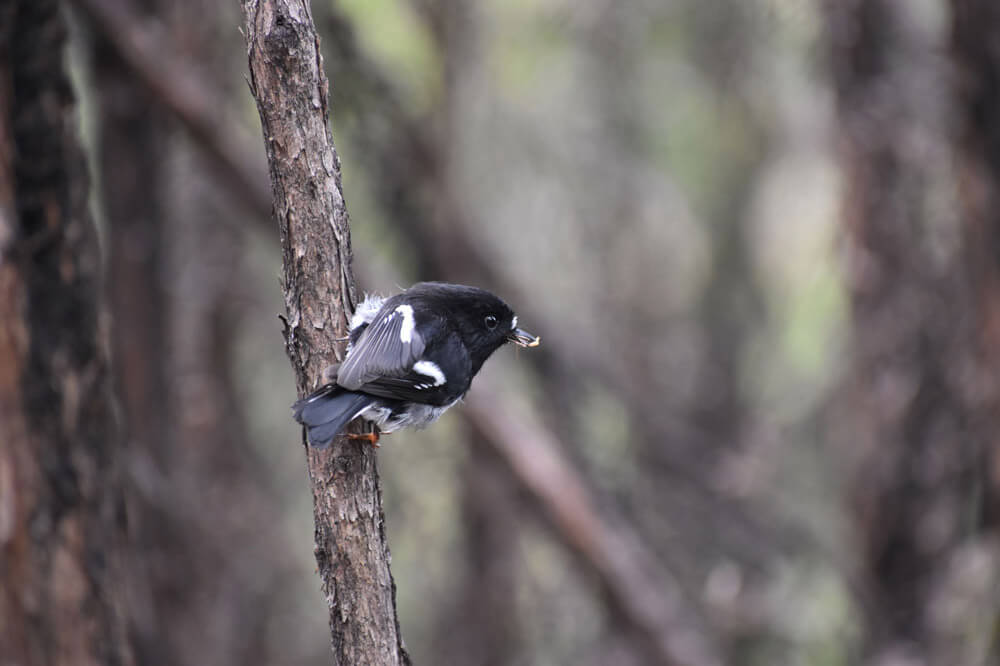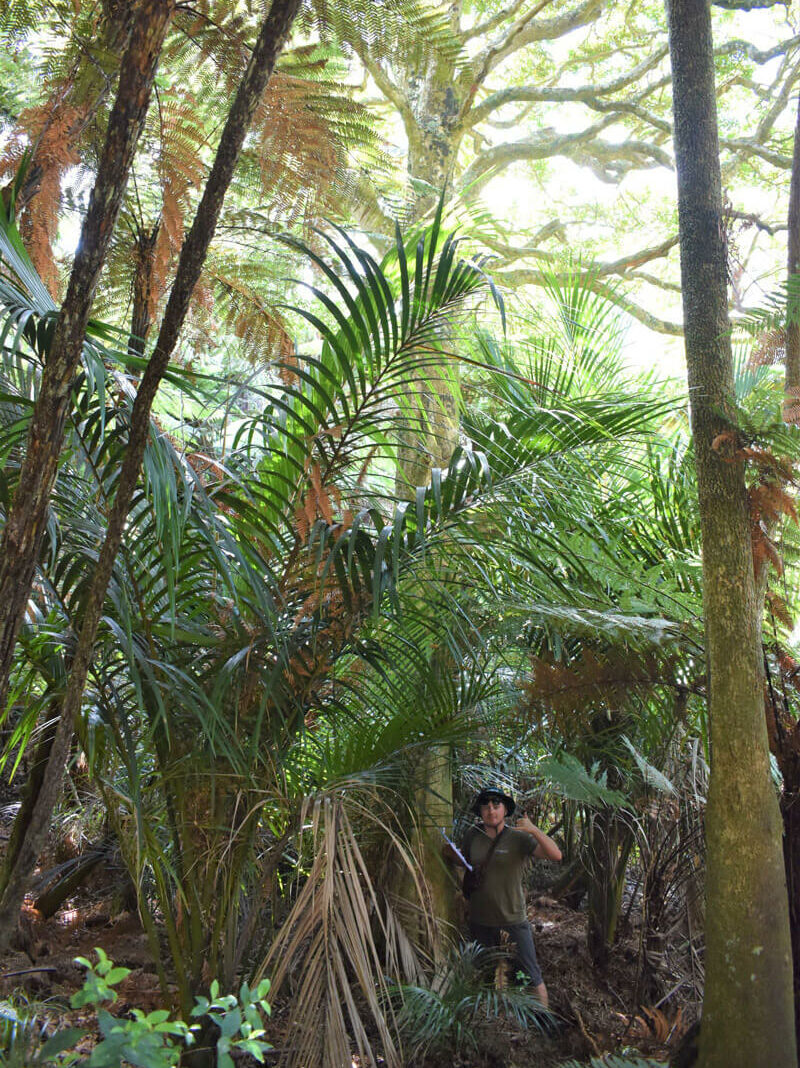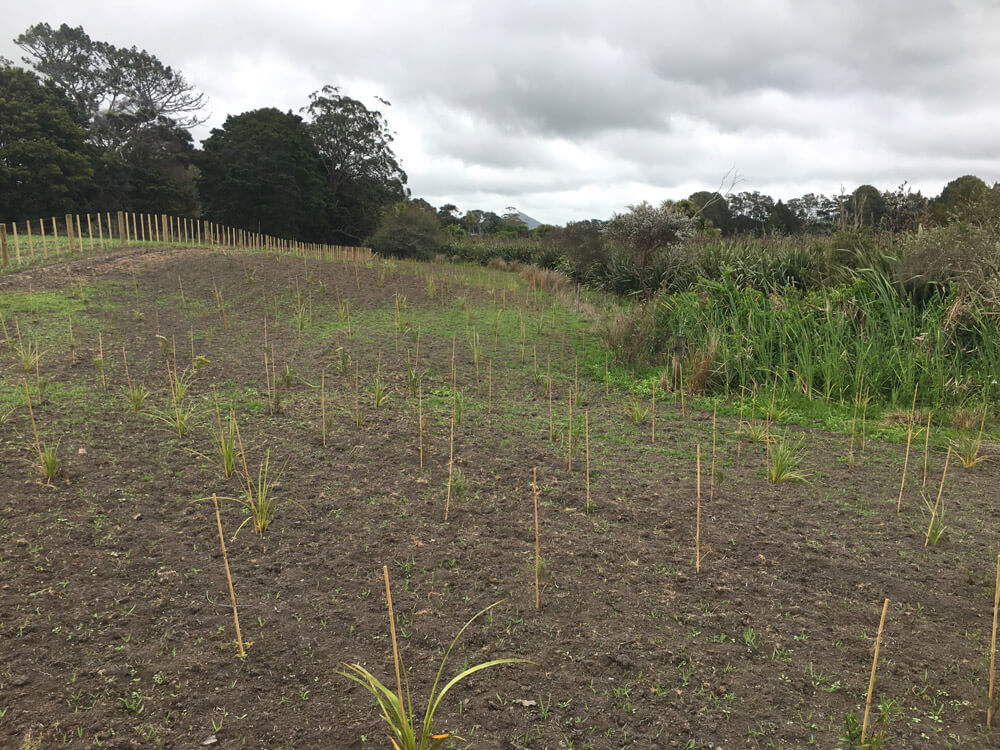A roundup of our work in 2020 from the Ecology Division
71 hectares – 246 289 plants – 15 km of streams.
What do these numbers mean for our Ecology Division?
While this year we have been working far and wide throughout Auckland and Northland, much of our Ecology Division’s work within the Kaipara District predominantly involves the assessment of ecological values of the rural landscape, primarily associated with subdivision applications.
Large areas of the Kaipara District have seen a major shift in land management with a gradual move away from traditional land uses, particularly pastoral farming. There has been a significant upsurge in ‘lifestyle’ farming, increased demand for retirement lots and second homes, resulting in the increase of subdivision applications, especially so in larger pastoral farming units, many of which contain remnant habitats classified as PNAP’s or Protected Natural Areas.
Protection of Natural Areas in Kaipara
The Protected Natural Areas Programme (PNAP) of New Zealand began in 1981 as a means of evaluating areas worthy of protection. While one would naturally assume that PNAP’s are actually “protected” there is currently no legal mechanism in the Kaipara District that would ensure that these areas are in fact safeguarded from external pressures such as vegetation clearance and farming. A significant proportion of these features in the Kaipara District are found on private land, primarily as small, scattered remnants and have been severely degraded through decades of anthropogenic pressures.


Currently the only way to secure protection of these areas on private land in the Kaipara District is through the subdivision provisions of the Kaipara District Council District Plan. As a part of the subdivision application the landowner is required to identify, protect, and enhance areas of significant indigenous vegetation as well as restore severely degraded wetland and riparian habitats. The direct trade-off for providing an environmental benefit is to achieve economic gain through the ability to create new titles.

Results in Kaipara
Over the last two years our work within the Kaipara District has resulted in:
• Protection of 71 hectares of a combination of existing remnant bush areas, streams and wetlands, combined with restoration planting, all protected through the provisions of a conservation covenant. For scale that is roughly 71 rugby fields.
• 246 289 native plants planted within areas protected by conservation covenant. That is nearly the entire population of Vanuatu.
• Over 15 km of stream habitats protected through revegetation planting, re-instatement of fish passage, stock exclusion and fencing. It would take an average person about 4 hours to walk the length of this.

2020 in summary
Overall, these subdivisions have allowed for permanent legal protection of native bush and wetland areas, extensive buffering to the tributary streams of both the Kaipara and Mangawhai Harbours, helping to protect them from the effects of surrounding land use, while also providing wildlife corridors that extend throughout predominantly pastoral and horticultural land.
And all of this within our small Kaipara District alone! So, if you have been pondering about the subdivision potential of your land, do not hesitate to get in touch and maybe next year you can be a part of our 2021 numbers game!
